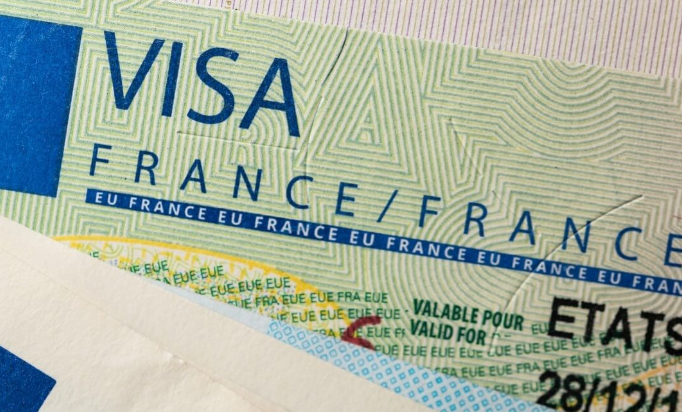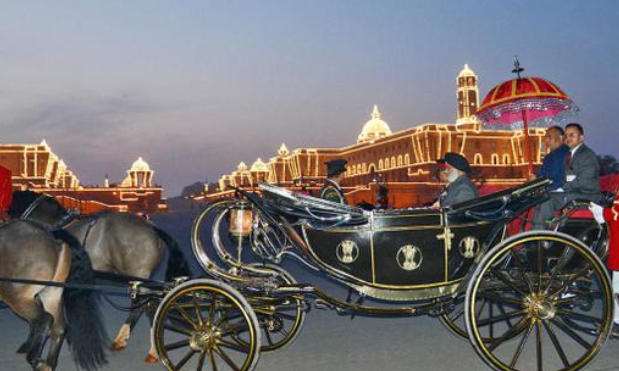
President Murmu Restores ‘Buggy Tradition’ After Indira Gandhi’s Death
President Murmu buggy, once an emblematic feature of Republic Day functions until 1984, was sadly discontinued following the tragic assassination of Prime Minister Indira Gandhi.
However, on the momentous occasion of India’s 75th Republic Day celebrations, President Droupadi Murmu, accompanied by her esteemed French counterpart Emmanuel Macron, breathed new life into this cherished tradition as they arrived at the illustrious Kartavaya Path in a ‘traditional horse-drawn buggy’. This revival, after a hiatus of four decades, marked a poignant moment in history.
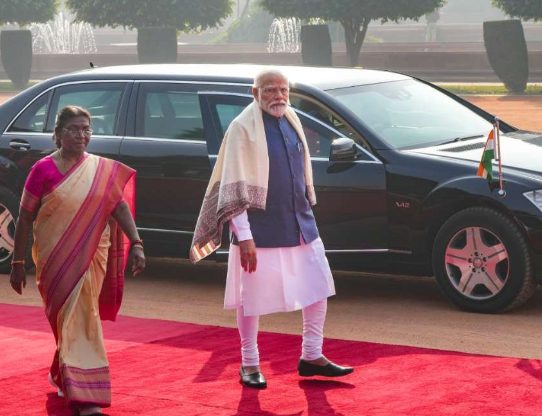
Stepping into the grandeur of Kartavaya Path, the heart of the Republic Day festivities, the national flag soared high, unfurling with pride, while the resonating strains of the national anthem filled the air. A thunderous 21-gun salute, executed with indigenous 105-mm Indian Field Guns, reverberated across the landscape, heralding the commencement of the Republic Day parade in all its splendor.
The presidential buggy, with its resplendent gold-plated rims and unmatched comfort, harks back to a bygone era. Once gracing the presence of the Viceroy during the pre-independence era, this regal carriage found its home at the Rashtrapati Bhavan, symbolizing the epitome of elegance and tradition.
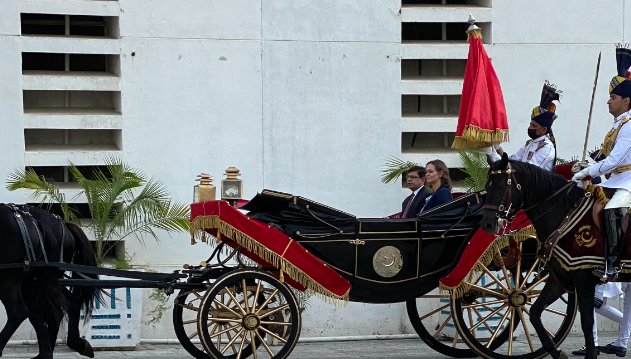
In parallel, a timeless legacy spanning 250 years found itself preserved through the gallant presence of the president’s bodyguard, the senior-most regiment of the Indian Army. Adorned in the distinguished Napoleon boots, this regiment shares an unbreakable bond with their equine companions. With each gallop, they reaffirm their commitment to tradition, adding a touch of nobility to the Republic Day Parade.
As the parade unfolds, a tapestry of diversity and unity unfolds before the nation’s eyes. A total of 25 tableaux, including 16 representing various States and Union territories, alongside 9 from central government departments, showcase the rich tapestry of India’s cultural, historical, and technological heritage. From the vibrant hues of regional traditions to the innovative strides of modernity, each tableau tells a unique story, weaving together the fabric of the nation’s identity.
Republic Day, celebrated annually on January 26th, holds profound significance as it commemorates the historic moment when India’s Constitution came into effect in 1950, marking the nation’s transition to a Republic. Beyond the pomp and pageantry, it serves as a poignant reminder of the values enshrined in the Constitution – equality, justice, and liberty – guiding India’s journey towards progress and prosperity.
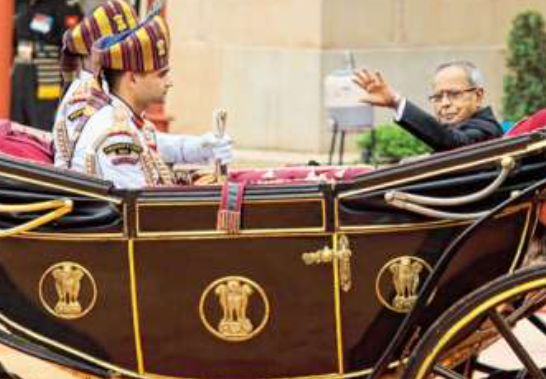
In conclusion, the revival of the presidential buggy and the steadfast presence of the president’s bodyguard exemplify India’s commitment to honoring its rich heritage while embracing the promise of the future. As the nation stands united in celebration, Republic Day serves as a testament to India’s resilience, diversity, and unwavering spirit.
This year’s Republic Day celebration not only commemorates India’s constitutional journey but also serves as a poignant reminder of the resilience and continuity of tradition. The revival of the presidential buggy after four decades underscores the significance of preserving cultural heritage in the face of evolving times.
As President Droupadi Murmu and French President Emmanuel Macron graced Kartavaya Path in the majestic horse-drawn buggy, accompanied by men in resplendent red uniforms atop magnificent horses, spectators were transported back in time to an era of regal elegance and grandeur. The return of this iconic mode of transport symbolizes a reconnection with India’s past while embracing the promise of the future.
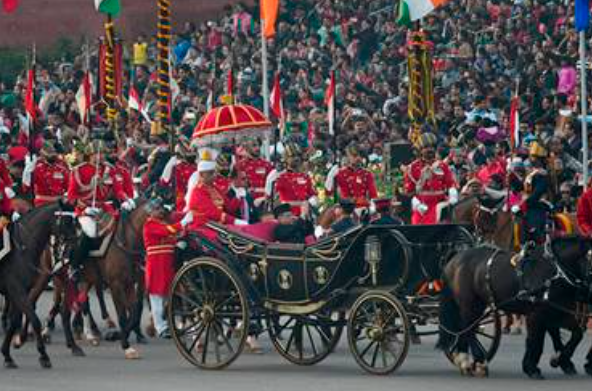
The decision to discontinue the use of the presidential buggy in 1984, following the tragic events surrounding the assassination of Prime Minister Indira Gandhi, was driven by security concerns. However, its reintroduction highlights a newfound sense of confidence and optimism in India’s ability to safeguard its traditions while ensuring the safety of its leaders.
Beyond its symbolic significance, the presidential buggy represents a tangible link to India’s colonial history. Originally used by the Viceroy during the pre-independence era, this carriage carries with it a wealth of historical significance, serving as a reminder of India’s journey towards independence and self-governance.
For the latest updates-click here.

